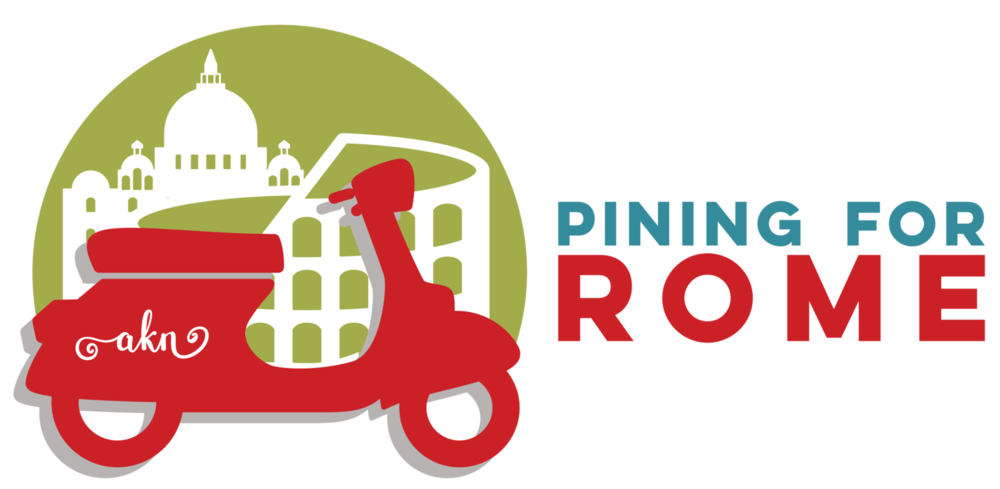
Metropolitan Museum of Art
New York, New York
Italy is a country of lovers – men who are unashamed of admiring women, and women who are happy to be admired. But this is not a new phenomenon. Indeed, Renaissance Italy produced some of the greatest love stories told and retold on paper, canvas, in plaster and in marble. Da Vinci’s Mona Lisa. Petrarch’s sonnets. Boccaccio’s love stories. Botticelli’s Venus. The women of Raphael and Titian. Italians love love, and Art and Love in Renaissance Italy showcases the romantic as well as the practical side of Italian love during the Renaissance.
The exhibit begins with the marriage contract. Whether love or money motivated the marriage, Italians of the Renaissance celebrated the union of two families and houses, immortalizing their wedding bonds with beautiful bowls and platters. Several examples in the exhibit show the combination of two families’ coat of arms (the Medicis figure prominently). Even a pharmacy jar used to hold medicinal ingredients capitalizes on the universal desire for love, depicting a couple courting on the front. However, artisans during the Renaissance also touched on the brutality of love – depicting unrequited love on one platter and a woman holding her lover at knife-point on another (a metaphor for the helplessness of lovers).
I was particularly taken with the wedding rings (including a lovely ring from a Jewish ceremony) and the yards of fabric, a pair of shoes from Venice, and an incredible carved cradle. The childbirth bowls were a lovely inclusion as well.
 In addition to the household objects, the exhibit also includes depictions of love in paintings and drawings. From formal marriage portraits to depictions of love stories in mythology and literature, the collection includes a 360˚ view of love, romance, and marriage with a focus on Florence as the center of Renaissance Italy.
In addition to the household objects, the exhibit also includes depictions of love in paintings and drawings. From formal marriage portraits to depictions of love stories in mythology and literature, the collection includes a 360˚ view of love, romance, and marriage with a focus on Florence as the center of Renaissance Italy. Take a few minutes to peruse the exhibit’s catalogue, too. There are several copies out for you to page through, and the information contained therein is invaluable. I particularly enjoyed the discussion of the childbirth bowls – they are of an uncertain function but may have been for serving special foods during a woman’s confinement – and da Vinci’s cross-section of a man and a woman copulating.

Personally, the best surprise was the inclusion of Giovanni di Ser Giovanni Guidi’s painting, The Adimari Cassone. This panel, held in the collections of the Academy in Florence, is one of my personal favorites, and I hadn’t dared to hope that it would be included, but I came through the passageway, and there it was! The Adimari Cassone depicts a marriage procession in Florence. The Baptistry and a charming loggia set the scene. There are clever little musicians at one end including two impish children dancing. The procession includes a woman wearing a fabulous peacock hat. And the entire scene celebrates a real marriage with real people in a real place – a new and glorious development in the Humanist’s Italy.
 Now, a note to parents: this exhibit also contains images of the “profane” side of love. They are confined to one room, so you could skip them if you take small children to the exhibit. However, they are fascinating and like any marriage, they are a necessary part of having a full love story. I had to laugh at the plate with a portrait of a man whose head is made of phalluses (the inscription on which is translated to say, “Every man looks at me as if I were a dickhead”). And let’s just say Renaissance erotica is both artistic and explicit at the same time.
Now, a note to parents: this exhibit also contains images of the “profane” side of love. They are confined to one room, so you could skip them if you take small children to the exhibit. However, they are fascinating and like any marriage, they are a necessary part of having a full love story. I had to laugh at the plate with a portrait of a man whose head is made of phalluses (the inscription on which is translated to say, “Every man looks at me as if I were a dickhead”). And let’s just say Renaissance erotica is both artistic and explicit at the same time.  The exhibit culminates with some grand images of marriage and love, lust and mythology including Botticelli’s The Banquet in the Pinewoods and Titian’s voluptuous Venus and Amor with the Organ Player – an image of Venus nude and sprawling on a lounge with her little dog while a man plays an organ at her feet -- the image on the exhibit’s publicity materials.
The exhibit culminates with some grand images of marriage and love, lust and mythology including Botticelli’s The Banquet in the Pinewoods and Titian’s voluptuous Venus and Amor with the Organ Player – an image of Venus nude and sprawling on a lounge with her little dog while a man plays an organ at her feet -- the image on the exhibit’s publicity materials. Art and Love in Renaissance Italy is open at the Metropolitan Museum of Art in New York City until February 16, 2009. A visit would make for a fantastic Valentine’s Day excursion!
Cost: $20 suggested donation to enter the museum
There are no additional fees for the special exhibit.
Can’t make it to New York? Check out the images on the Metropolitan Museum of Art’s website.
And the exhibit moves on to the Kimball Art Museum in Ft. Worth, Texas where it opens on March 15 and runs through June 14, 2009.
All images from the Metropolitan Museum of Art website.
